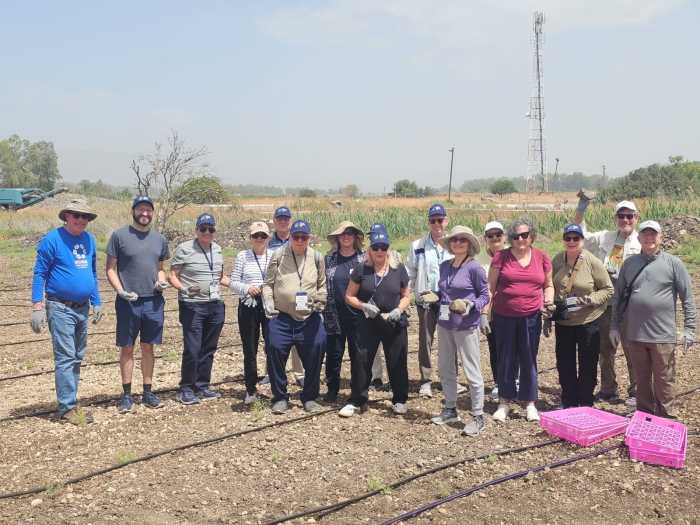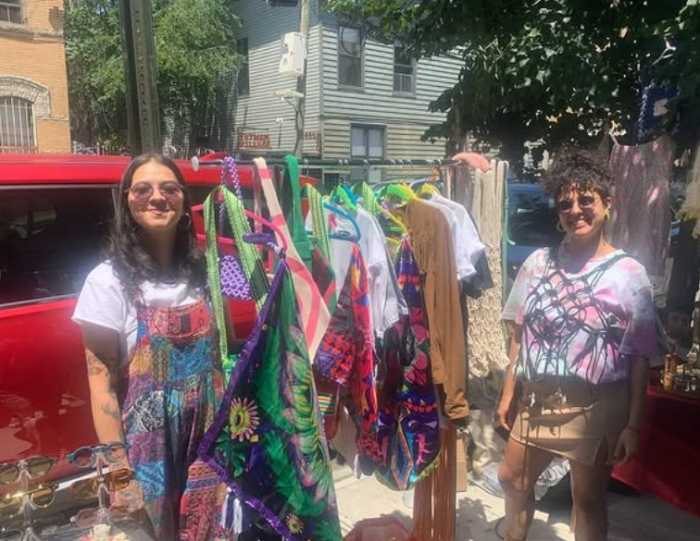By Alex Christodoulides
At the top of many young girls' lists of what they want to be when they grow up is “ballerina,” and for 26 girls for whom that dream was once impossible, their turn in the limelight came when they took the stage at the Mary Louis Academy in tutus, tiaras and leg braces and wheelchairs.
The idea “came from a patient in my physical therapy practice. We'd play dress-up, and what do little girls want to be but a ballerina or princess?” said Joann Ferrara, the founder of Dancing Dreams, a 5-year-old Bayside-based organization that helps youngsters between the ages of 3 and 16 who have varying degrees of physical or medical disabilities learn to dance. “One day she said, 'I wish I could be a ballerina,' and I thought, 'Why not'? It's my physical therapy and medical background that drives the program. How they dance is what's within their abilities.”
The April recital capped months of practice by the 26 girls involved in Dancing Dreams.
But the organization may soon be facing its biggest challenge yet, since it is due to lose its current practice space at the Bayside Historical Society at Fort Totten May 1. The program runs from September through May, so Ferrara has only a few months to find a new practice space that is about 2,500 square feet and handicapped accessible and has on-site parking, which is hard to come by in Bayside. And high rents are out of reach for the nonprofit group, she said.
“Previous to that, we were in my office, but we got too big,” she said. Her physical therapy office on Bell Boulevard, opposite the Bay Terrace Shopping Center, cannot accommodate the more than 50 people now involved.
Each dancer is paired with a “helper,” a high school student between the ages of 13 and 17 who assists the dancer with necessary movements. The position has become so popular that helpers recruit relatives and friends.
“They have to be willing to show up every Thursday for the whole year. They learn that their actions have a direct effect on somebody else's life, and they know if they don't come, their girl can't dance,” Ferrara said. “They're extraordinarily reliable and responsible.”
“Dream Girls,” the title of the recital, emphasized not only the beauty of dance, but the hopes of the girls themselves as they took the stage with black-clad helpers and basked in thunderous applause. Each girl's movements reflected her abilities, with some twirling in their wheelchairs or their helpers' arms and others doing some of the moves themselves.
“One of the fathers of one of the little girls said he's seen such a change in Emma since she started she walks straighter, she's more confident, she's more of a chatterbox,” Ferrara said.
The leaps and spins drew oohs and applause, and parents in the audience wiped away tears and clutched bouquets of flowers for their special dancers. Some of the girls smiled shyly, aware of how much they had accomplished just to be on stage.
The program draws girls from all five boroughs, Long Island and New Jersey, Ferrara said. She started with five dancers and has almost doubled enrollment every year, she said.
The girls' medical conditions and physical challenges prevent them from participating in community dance classes, but Ferrara's background is what makes it work. Some have seizures, brittle bones or tracheotomy tubes to help them breathe or depend on a wheelchair for mobility, and one has severe rheumatoid arthritis, conditions which are beyond the range of expertise of a traditional dance teacher, she said.
“The physical challenges vary not only in the degree, but the type. The majority of the girls are in regular classes at school they're bright,” she said. “Some are more obvious than others” in their conditions.
The group had never been on stage prior to the Sunday recital at Mary Louis nor had they had a dress rehearsal in their handmade, sparkly costumes. They had practiced for months, however, and had Ferrara facing then from the front of the stage to guide their choreography.
“There was not one stage fright, not one crier,” she said. “They couldn't wait to get out there.”
Reach reporter Alex Christodoulides by e-mail at achristodoulides@timesledger.com or by phone at 718-229-0300, Ext. 155.


































